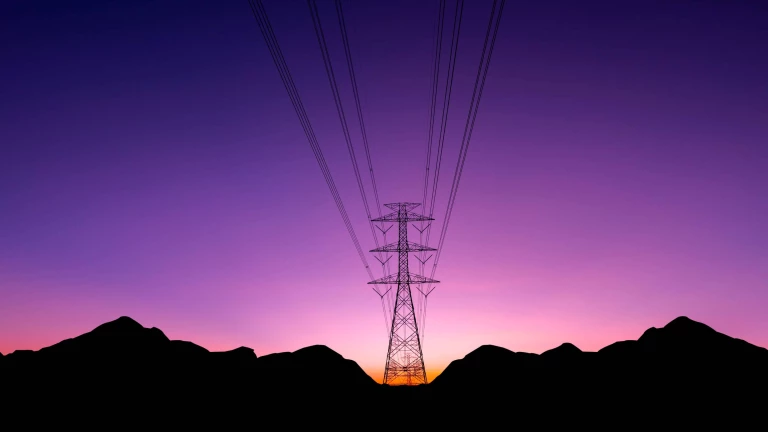A Historic Surge in Investment
European transmission system operators (TSOs) are entering a period of unprecedented capital deployment as they support the continent’s accelerating energy transition.
Over the next five years, the 15 largest TSOs are projected to invest €345 billion, nearly tripling the amount deployed in the preceding five years. 2024 capital expenditures alone are estimated to be approximately 50% higher than the year before. TSOs are mobilizing all available funding levers—including debt, equity, and asset sales—to keep pace with demand.
However, with this explosive growth in investment, TSOs face a looming capital shortfall. A BCG Center for Energy Impact analysis projects a €250 billion gap between expected operating cash flows and required capex through 2030. Without new approaches to financing and capital efficiency, TSOs may fall short of delivering the infrastructure needed to meet Europe’s climate and reliability goals.
Pressures on the Financial Model
Despite clear signals that investment needs to scale, the current financial model underpinning Europe’s TSOs is experiencing considerable pressure. There are three core tensions shaping the landscape:
- Scale vs. Funding Capacity: TSOs are remunerated based on spending levels, but many have stretched balance sheets and have already raised equity. Delivering large-scale infrastructure without jeopardizing credit ratings or incurring equity dilution remains a central challenge.
- Affordability vs. Returns: Policymakers aim to keep energy costs low for consumers, while private investors require competitive, risk-adjusted returns. This leads to a persistent tug-of-war between cost containment and capital attraction.
- Growth Mandate vs. Bond Proxy: TSOs are expected by policymakers to behave like growth companies—fast, scalable, and flexible—while many investors continue to value them as low-risk, dividend-paying entities. This mismatch is at the heart of diverging expectations around risk and return.
Strategic Choices for TSOs
TSOs must adjust their strategic footing to thrive in the new capital environment. In practical terms, this means:
- Reassess Ownership Models: Leaders must determine optimal combinations of government ownership, public markets, and private capital (including infrastructure funds) to secure long-term support.
- Explore Alternative Financing: TSOs should look beyond traditional funding to mechanisms that preserve balance sheets and minimize dilution, such as minority stake sales or government-backed financing tools.
- Refine the Portfolio: Focus is key. TSOs should reassess the geographic and business composition of their portfolios and consider divesting non-core assets to reallocate capital.
- Improve Capital Efficiency: Delivering more with less is imperative: controlling costs, accelerating project timelines, and prioritizing high-impact, capital-efficient investments.
- Sharpen Investor Messaging: TSOs must position themselves as disciplined, well-governed infrastructure businesses that offer reliable long-term value creation, even amid volatility, in a context of competition for capital.
The Role of Policymakers and Regulators
Governments and regulators must also evolve their frameworks to support this wave of investment:
- Resolve the Issue of 'Who Pays': A clear, equitable answer is needed to determine how future costs are shared between taxpayers and ratepayers, and how costs are distributed between different ratepayer classes.
- Adapt Regulatory Frameworks: Regulators should revisit return frameworks to reflect the scale and complexity of infrastructure delivery. They’ll need to assess whether current regulatory models suit the ‘asset build’ phase of the energy transition.
- Deepen Collaboration: Early, sustained engagement between policymakers and TSOs will be required to reduce planning risk while aligning goals across the system.






